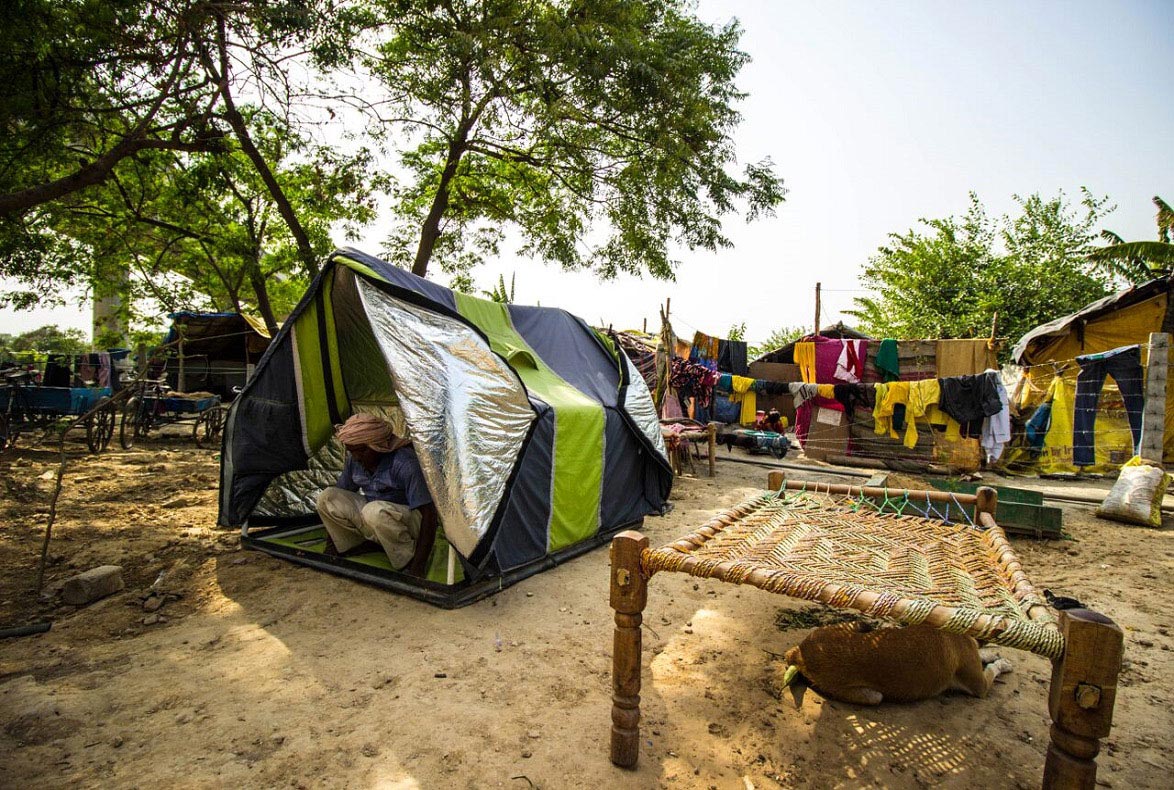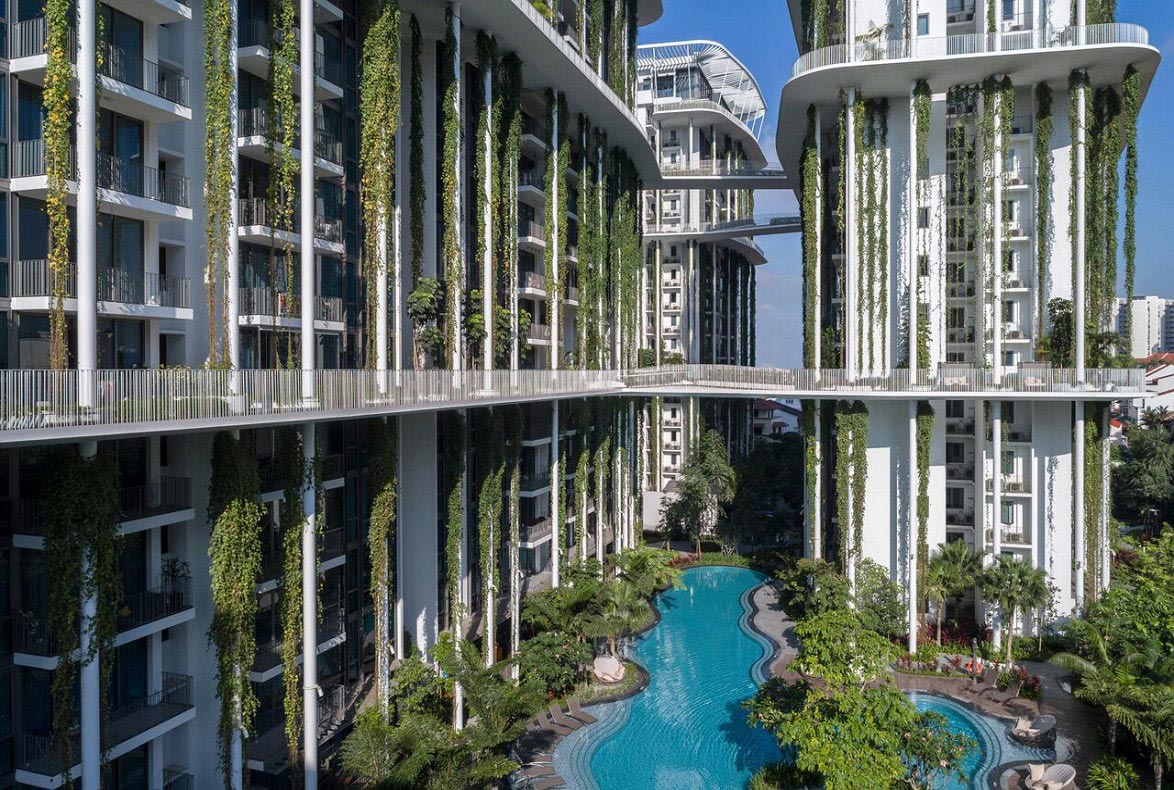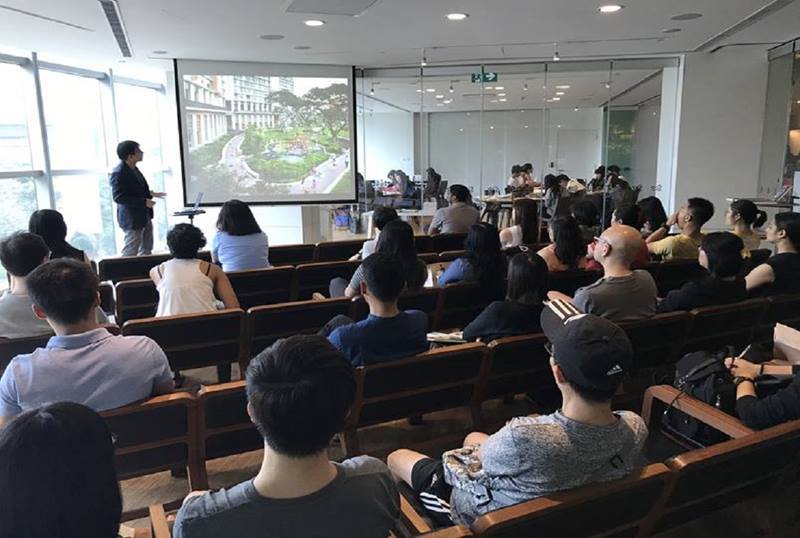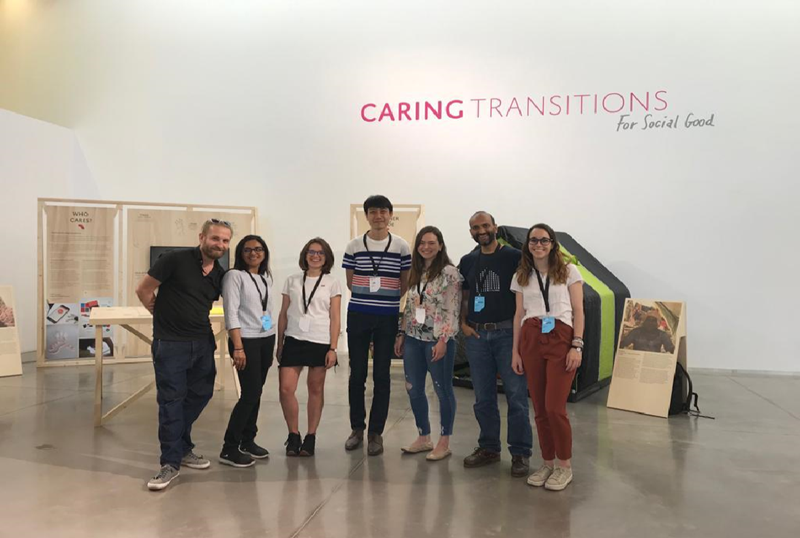My Favourite Books: Prasoon Kumar, Design of the Year Recipient, President*s Design Award 2018
This is a bimonthly series of book recommendations by the President*s Design Award, brought to you by DesignSingapore Council, Urban Redevelopment Authority, and library@orchard.
This month, we invite Prasoon Kumar, lead designer of weatherHYDE, to share his recommendations. Prasoon is an urban planner and architect with over 10 years of international design experience with work spanning Asia, United States, Africa, and Australia. In 2013, he co-founded billionBricks, a non-profit design studio which innovates shelter solutions with a vision to end homelessness in the world. These scalable and sustainable solutions create opportunities for homeless families to emerge out of poverty by empowering them to replicate the solutions on their own and reduce dependencies on support. Since its founding, billionBricks has rehabilitated more than 1,800 homeless persons. Prasoon’s project, weatherHYDE, is an all-season life-saving tent aimed at finding solutions for the homeless, and is the Design of the Year Recipient of the President*s Design Award 2018. Read on for his architectural picks:
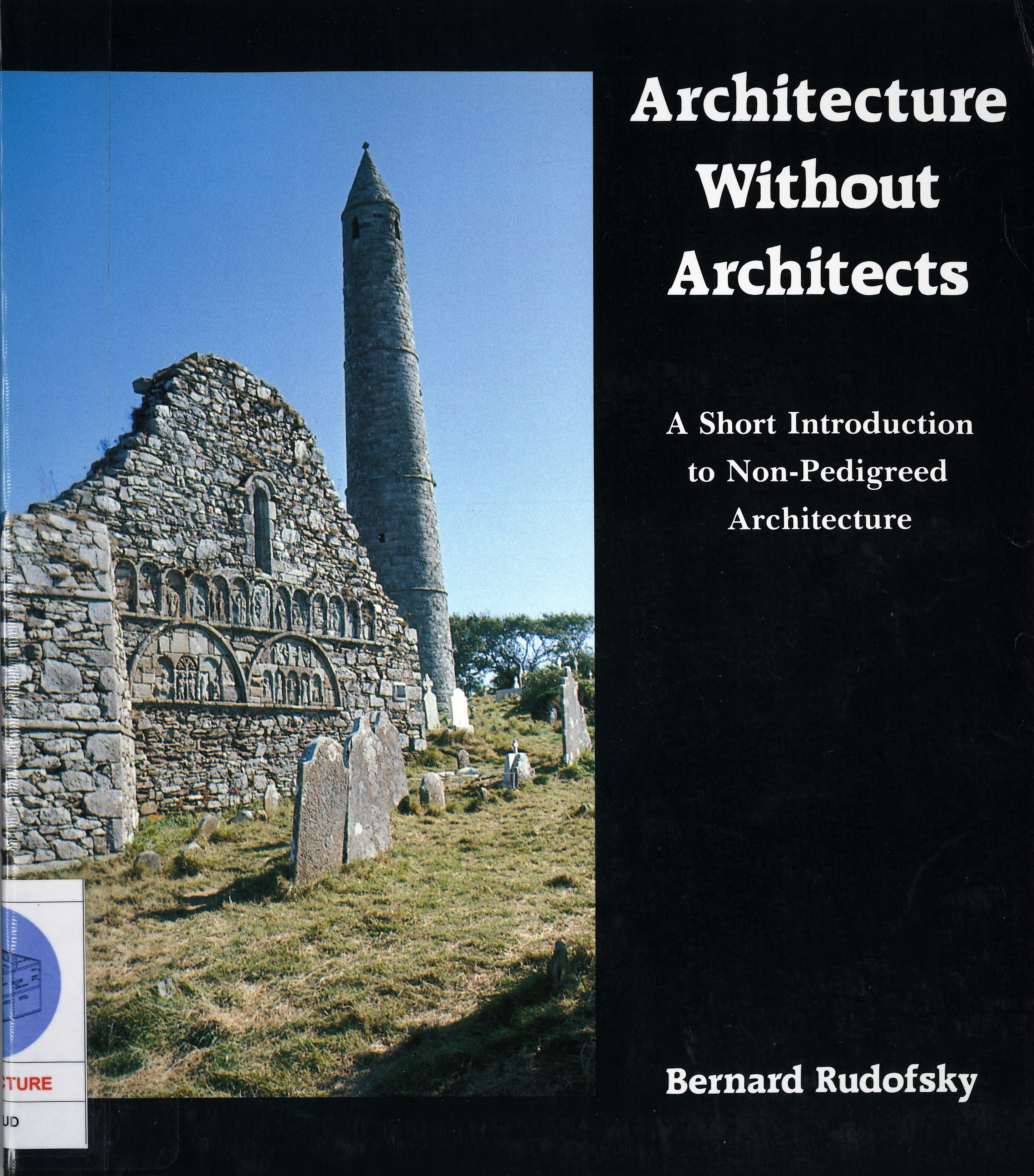
Architecture without Architects: A Short Introduction to Non-pedigreed Architecture
Author: Bernard Rudofsky
Location: Space Design, Architecture
Call no.: English 720.9 RUD
Architecture without Architects was one of the first books recommended by my professor during my undergraduate architecture studies in India – a real irony since the book talks about non-pedigreed architecture. The book came out of a 1964 MoMA exhibition where Rudofsky argued that "technology and wealth alone do not necessarily produce the best results." It is a visual treat, filled with illustrations of some fantastic buildings and communities that epitomise climate-sensitive and sustainable architecture built with spontaneity and experience, whose standards modern architectural practices may never stand a chance to achieve.
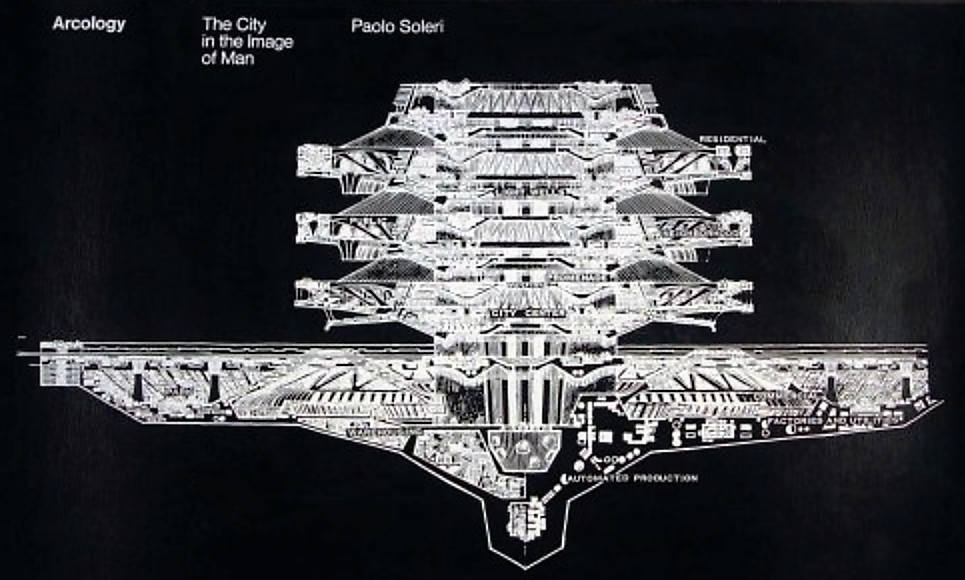
Arcology: The City in the Image of Man
Author: Paolo Soleri
Publisher: Cosanti Press, 2006
I read this during my studies in Arizona, where Soleri envisioned and wrote this masterpiece of a utopian ambition for the future of super-buildings. What is remarkable, however, is that unlike many such out-of-the-world ideas, the city described in Arcology has actually been realised (on a small scale) through volunteers and funds generated by selling famous Soleri bells. Though the book is a very difficult read, the portmanteau "arcology" simplifies the crux of his invention, with the two words "architecture" and "ecology". Similarly, his city is a complex mix of activities bundled into a single building which can house millions of inhabitants and all their needs. Needless to say, the future that he envisioned in the 1970s has already arrived, and there is a growing need to apply some of his concepts on ecology, density and co-sharing to architecture today.
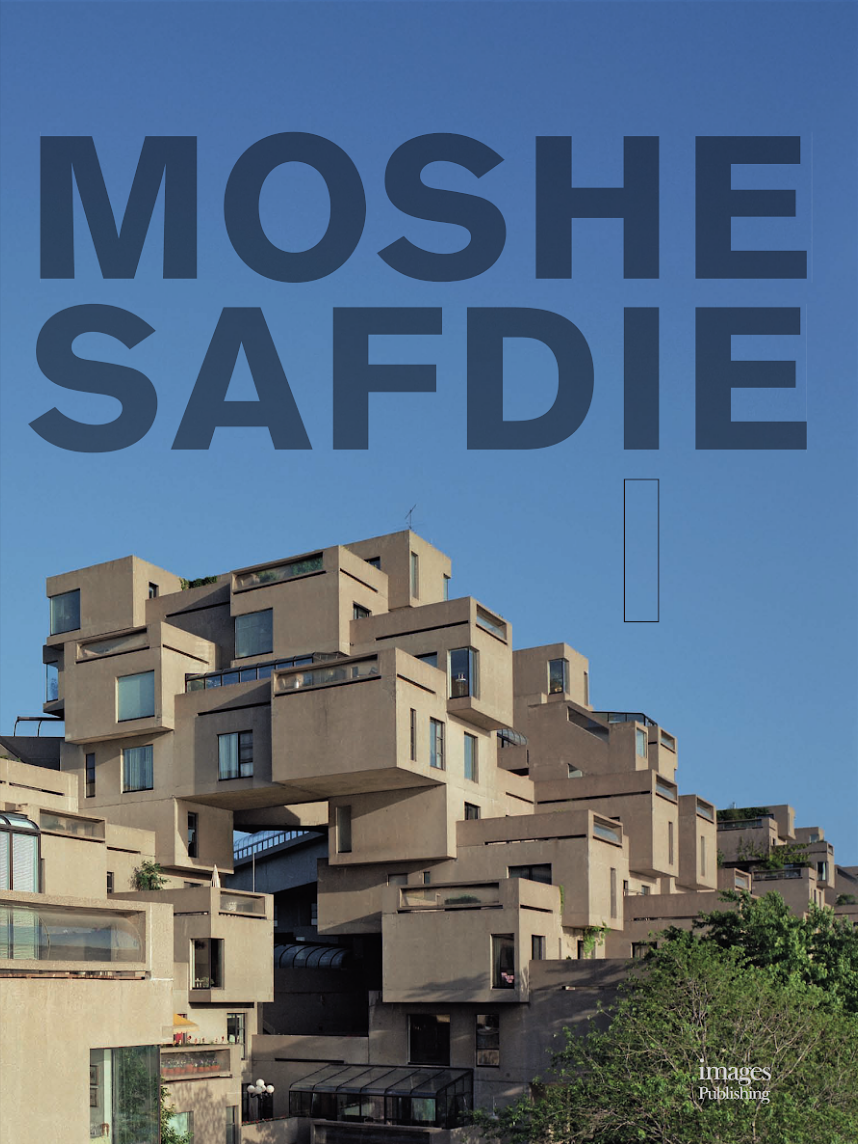
Safdie
Author: Moshe Safdie
Location: Lee Kong Chian Reference Library, Level 8, Reference Art
Call no.: English 720.92 SAF
I’m recommending a monograph because my design process involves browsing through a lot of monographs to look at plans, sections and images. I chose Moshe Safdie since his work is close to what I focus on – housing. He has looked at housing very closely since his early years when he built Habitat. Though it redefined urban living and still remains a relevant case study to this day, it did not revolutionise housing as one expected. Safdie has, in some ways, continued alone to push the boundaries, with his immense oeuvre over the years, beautifully chronicled in one of the most comprehensive monographs of his work. We can also see examples of that evolution at Sky Habitat in Singapore.
The librarians from library@orchard also recommend these titles:
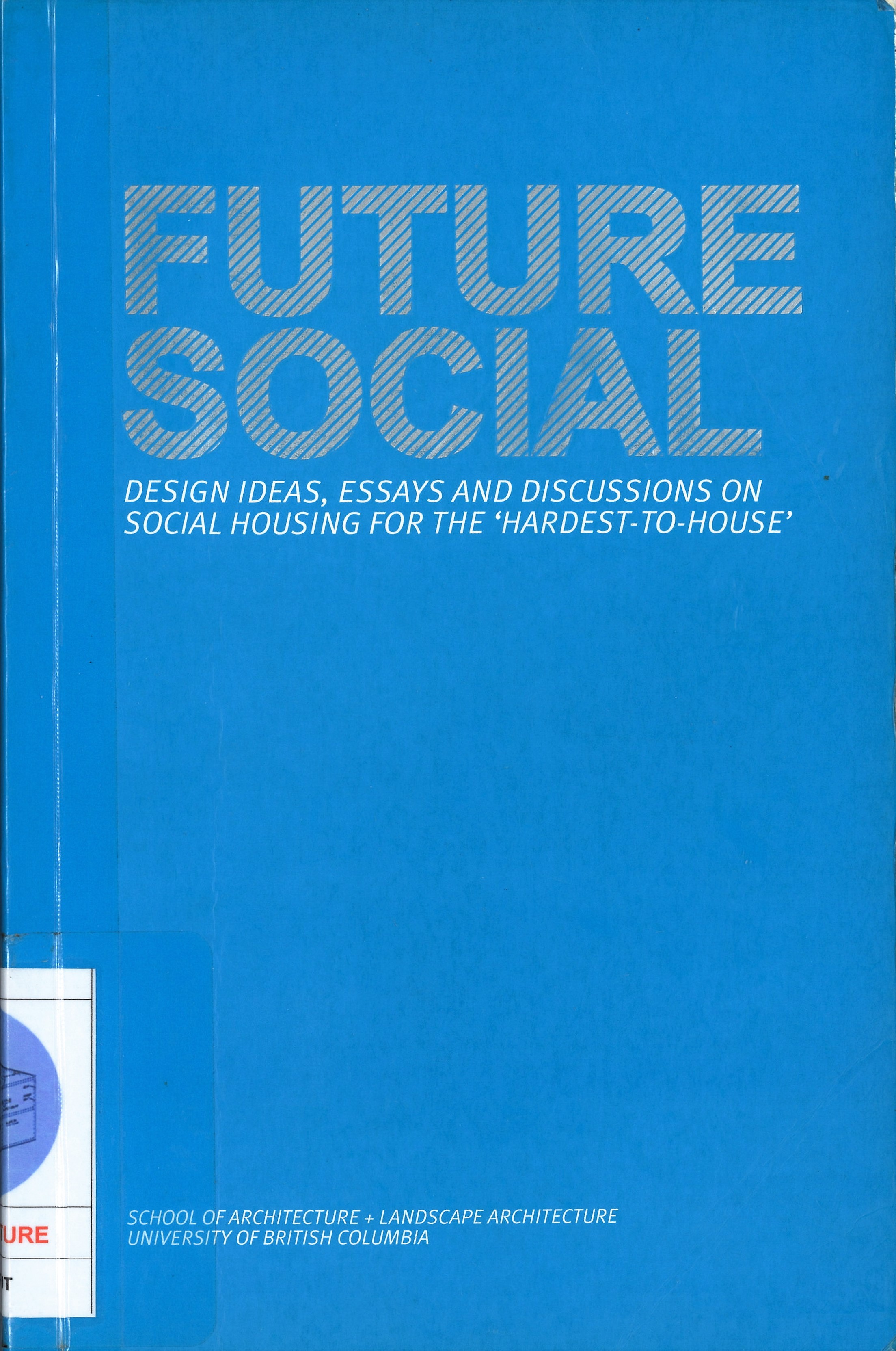
Future Social: Design Ideas, Essays and Discussions on Social Housing for the ‘Hardest-to-house’
Editor: Matthew Soules
Location: Space Design, Architecture
Call no.: 720.103 FUT
Homelessness is a problem in many societies. In 2009, a competition was held in Vancouver to gather innovative ideas to consider new, future models of design to address the issue of homelessness and housing delivery. Collected here are a series of essays by entrants that explore the possibilities of social housing, and how architecture can respond to the issue of homelessness in contemporary times.
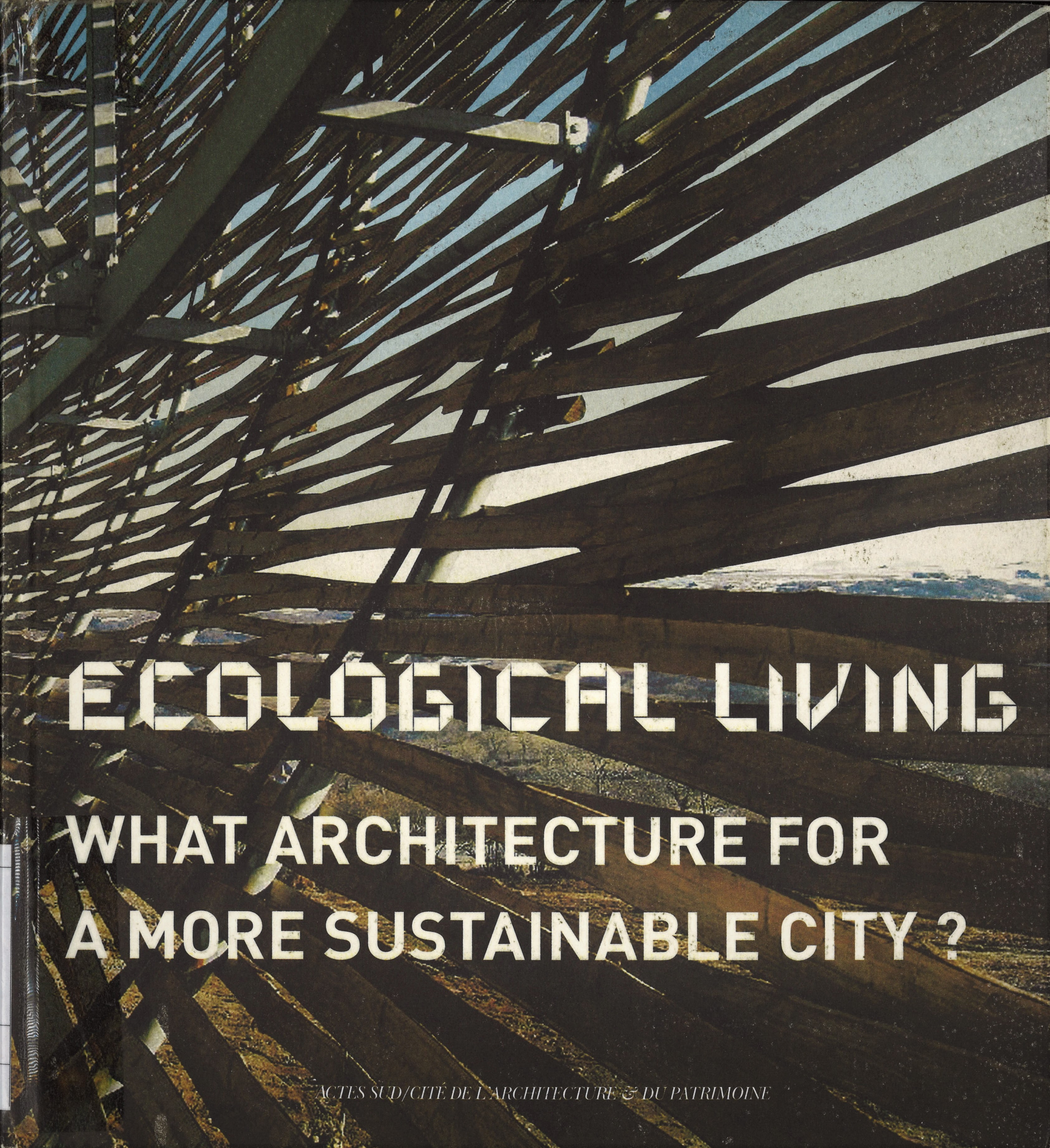
Ecological Living: What Architecture for a More Sustainable City?
Editor: Dominique Gauzin-Müller
Location: Space Design, Architecture
Call no.: 720.47 ECO
Many disciplines are now increasingly concerned with sustainability and green thinking. Ecological architecture – a form of architecture that takes into account the living environment – is gradually gaining momentum with its emphasis on eco-responsible housing, conservation alongside innovation, and preservation in the face of development. With a focus on the architectural scene in France, Ecological Living is a compilation of imagined ecological buildings by architects, ecological social housing projects by architecture students, and architects that integrate environmental thinking with architectural ambitions.
The recommended titles are available from library@orchard and other public libraries, unless otherwise stated.
Head over to www.designsingapore.org/pda to read more book recommendations from P*DA!
